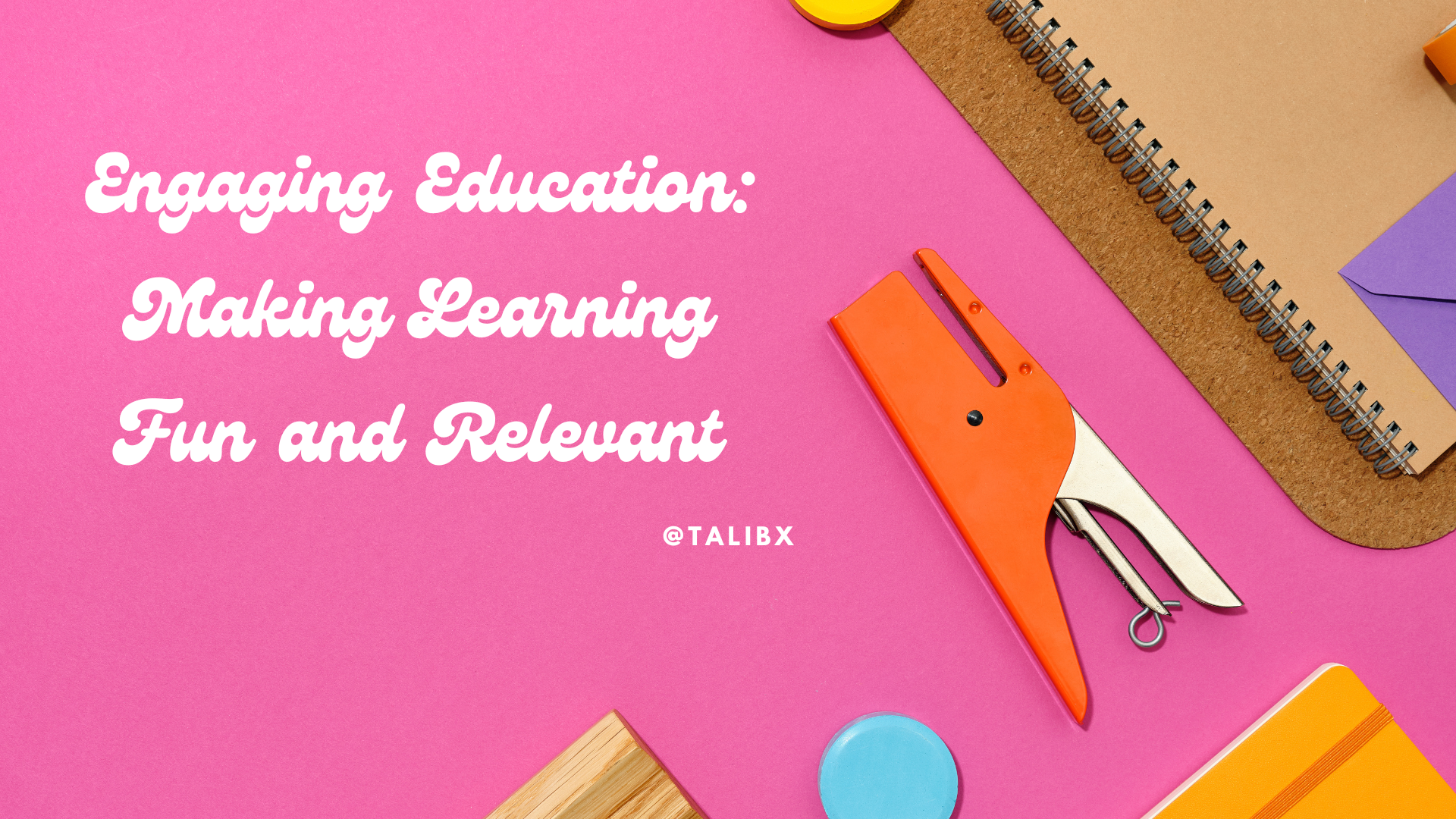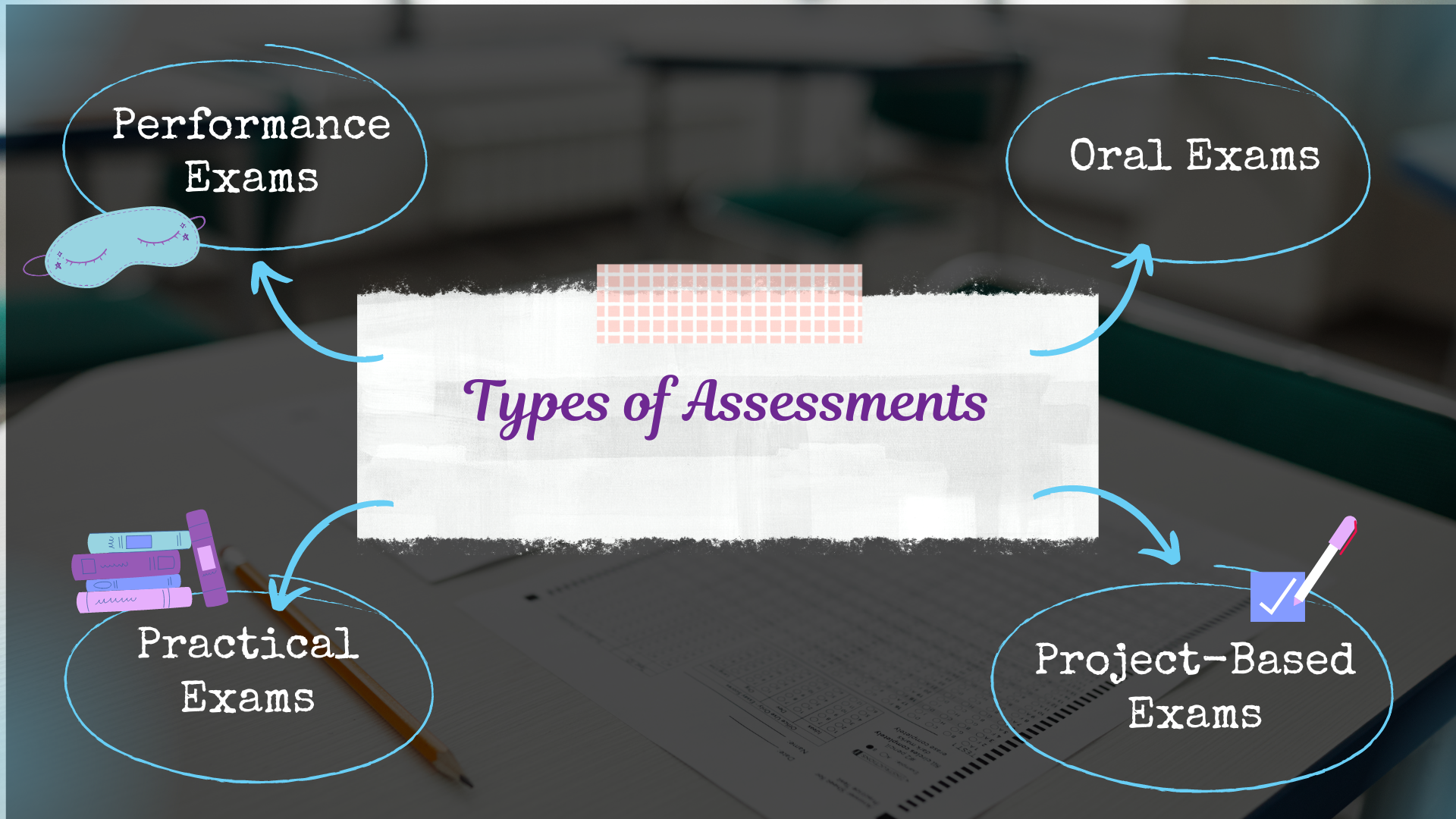Design thinking is a problem-solving approach that has been used in a variety of fields, including education. In education, design thinking can be used to address a range of challenges and opportunities, from improving student learning and engagement to designing new curricula or educational technologies.
One key aspect of design thinking is the emphasis on empathy, or the ability to understand the needs and perspectives of others. In education, this might involve understanding the needs and motivations of students, as well as the challenges and goals of teachers and school administrators.
Another key aspect of design thinking is the focus on prototyping and iteration. In education, this might involve creating and testing small-scale versions of new ideas, such as a new lesson plan or a new educational tool, in order to gather feedback and refine the idea.
One potential benefit of using design thinking in education is that it encourages a collaborative and iterative approach to problem-solving. Rather than imposing a top-down solution, design thinking involves bringing together a diverse group of stakeholders, including students, teachers, and administrators, to co-create solutions that meet the needs of all parties.
In addition, design thinking can help to foster a culture of innovation in education, by encouraging educators to take risks and try new things, even if they are not sure if they will work.
Overall, design thinking offers a flexible and adaptable approach to addressing the challenges and opportunities of education, and has the potential to help schools and educators create more effective and engaging learning experiences for students.
Here are a few examples of how design thinking has been used in education:
- Improving student learning: At the d.school (the Design School at Stanford University), educators have used design thinking to develop new approaches to teaching and learning. For example, the d.school has developed a program called "Designing for Learning," which uses design thinking to help teachers create more engaging and effective lesson plans.
- Designing educational technologies: The education technology company Khan Academy has used design thinking to develop its online learning platform, which provides personalized learning experiences for students. By using design thinking to understand the needs of students and teachers, Khan Academy has been able to create an effective and widely-used educational resource.
- Creating new curricula: In the Netherlands, a group of educators used design thinking to develop a new science curriculum that was more engaging and interactive for students. By involving students in the design process, the educators were able to create a curriculum that better met the needs and interests of learners.
- Redesigning the classroom: At the Singapore American School, educators have used design thinking to redesign traditional classrooms, creating more flexible and collaborative learning spaces. By involving students in the redesign process, the school has been able to create learning environments that better support the needs of learners.
These are just a few examples of how design thinking has been used in education. There are many other examples of schools and educators using this approach to address a variety of challenges and opportunities in education.




